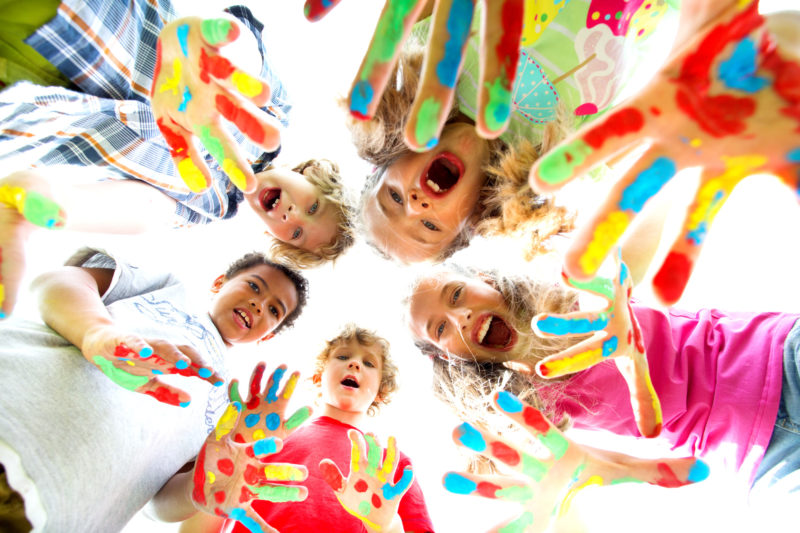
The wellbeing of all children at your childcare setting is of prime importance, and safeguarding forms a key element of that.
What is safeguarding?
The Government has recently issued guidance on safeguarding and the definitions that sit behind it (Working Together to Safeguard Children – 2018). Safeguarding is wider than child protection, which relates to protection of children from significant harm arising from neglect or abuse.
Safeguarding covers the following:
- Protection of children from maltreatment
- Preventing any impairment to a child’s development or health
- Providing safe and effective care to children, and ensuring that these principles are consistent across all care the child receives (even when not with you)
- Enabling children to benefit from the best outcomes in life
What does this mean in practice?
All members of staff at your setting should be able to identify the symptoms and signs that a child could potentially be being abused. They should also be able to respond in the correct manner, including keeping adequate records and progressing a child protection referral where appropriate. There should be a clear process for escalation of concerns for all levels of staff.
There is plenty of guidance available from the Government and they also support a collaborative approach across all bodies and organisations working with children. The guidance is contained in Working Together to Safeguard Children (2018) and What to do if you’re worried a child is being abused (2015).
https://www.gov.uk/government/publications/working-together-to-safeguard-children–2
The EYFS contains its own clear guidelines for safeguarding, and covers the following points:
General Overview
Childcare settings should have a safeguarding policy which has been fully implemented, and includes an identified safeguarding lead. It is this person’s responsibility to liaise the relevant local bodies. Your safeguarding policy should align with the policies laid out by your local safeguarding board.
Training
All members of staff should be given training on safeguarding, including a full understanding of the safeguarding policy and its practical implications. This training should be at the induction for new staff and also cover health and safety and equality and diversity. Safeguarding training should also form part of continuing professional development. Staff should be made aware that any form of smacking or physical punishment will not be tolerated.
Ratios and Supervision
There are specified child to staff ratios across all childcare settings. These are based on the age of the children and the experience and qualifications of the staff. The EYFS also mandates that all children must be within earshot or sight of staff at all times.
Health and Safety
This covers more than just accidents and the application of first aid. It outlines the need for procedures for sufficient food hygiene levels for staff and equipment, as well as promoting healthy eating. It also includes guidelines for processes for illness, first aid and written records (eg. an accident book)
Record Keeping
The EYFS outlines the standards for record keeping about both staff and children, and when information can be shared (such as with social services or Ofsted)
There are also standards for the types of information that should be made available to parents / carers, such as the key policies and procedures.
Safeguarding is a significant part of operating a childcare setting which is safe and secure for the children in your care. As such, it should be understood and maintained on a daily basis by all members of staff.
National Nursery Training offer a Designated Safeguarding Lead (Level 3) and Safeguarding for Childcare Practitioners (Level 2) Courses, get in touch for more information.
